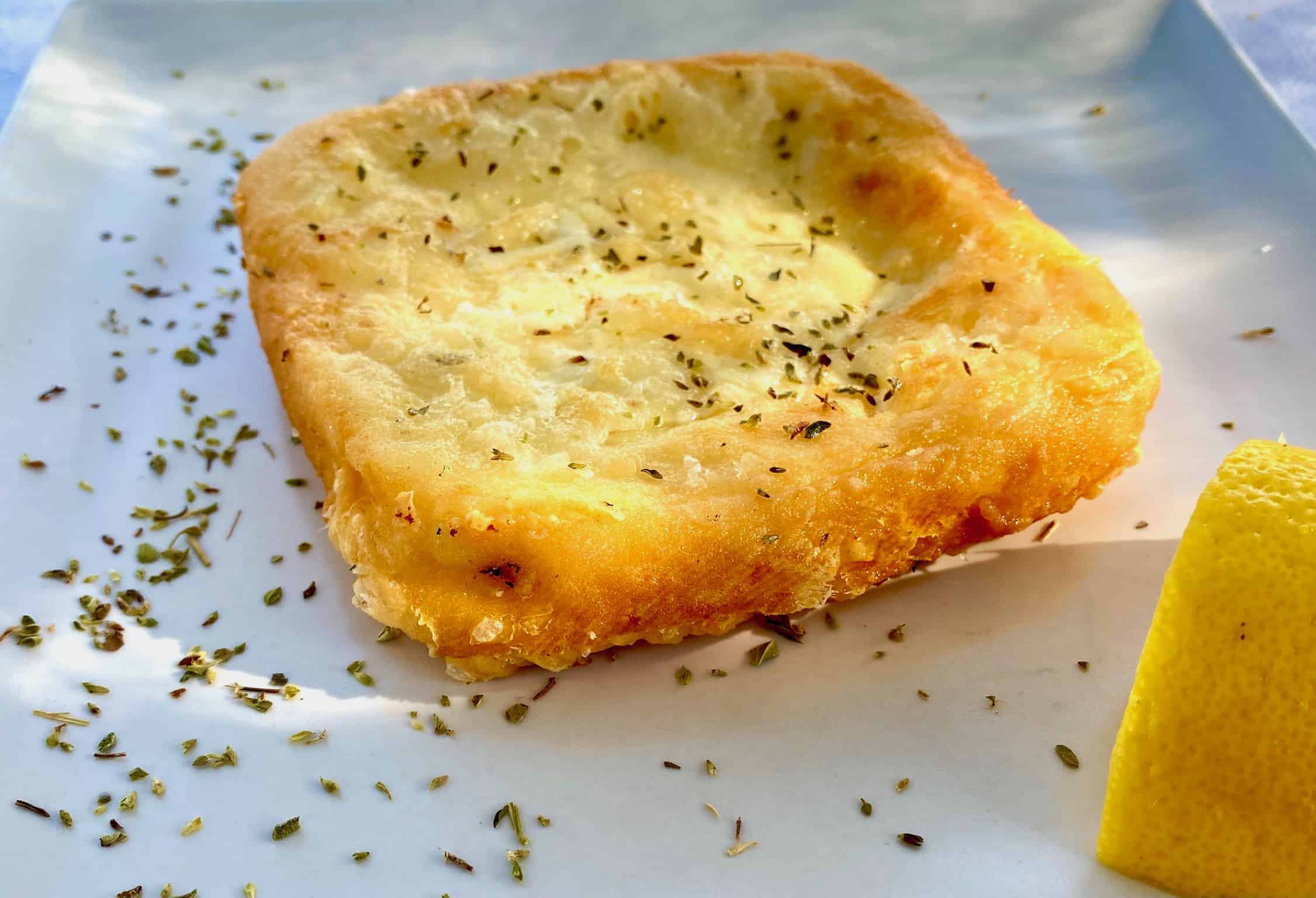Faragaski: A Journey into Ethiopia’s Heartbeat of Culture and Tradition
Faragaski, a hidden gem nestled in the heart of Ethiopia, offers a rich and vibrant cultural experience that reflects the true essence of the country’s heritage. With its unique blend of music, dance, local festivals, and warm hospitality, Faragaski is a place where tradition thrives, and visitors can dive deep into the cultural practices that have shaped this region for centuries. Whether you’re an avid traveler or someone looking to experience the true beauty of Ethiopian customs, Faragaski invites you to embark on a journey that’s as rich in history as it is in culture.
A Glimpse into Faragaski
Faragaski is not just a location; it’s an experience. Tucked away in a region where the simplicity of life meets the complexity of age-old customs, it offers travelers a taste of authentic Ethiopian life. Its community is deeply rooted in traditions that have been passed down through generations, creating a society that is both forward-thinking and committed to preserving its cultural identity.
The Community
At the heart of Faragaski lies its community—a welcoming, tight-knit group of individuals who take great pride in their heritage. The people of Faragaski are known for their hospitality and warmth, always eager to share their way of life with newcomers. Whether you’re visiting for a day or staying longer, you’ll quickly feel at home. Visitors are greeted with open arms, and it’s not uncommon for locals to invite you to join in a meal, share stories, or learn about the traditions that define this place.
The community’s love for their culture is evident in every corner of Faragaski. From the vibrant colors that fill the markets to the sounds of laughter and conversation echoing through the streets, there is an undeniable sense of belonging here. This is a place where tradition and modernity exist side by side, creating a dynamic cultural landscape that’s ever-evolving yet grounded in the past.
Music & Dance
One of the most captivating aspects of Faragaski is its music and dance. Ethiopian music has a distinct sound, characterized by its deep rhythms, intricate melodies, and soulful lyrics. In Faragaski, this musical tradition is alive and well. The local music scene is vibrant, with performances that take place in public spaces, homes, and during various celebrations.
The traditional dances of Faragaski are equally captivating. Each movement tells a story, often representing themes of love, joy, struggle, or celebration. Dance is not merely an art form in Faragaski—it’s a way of communicating, a way of expressing emotions and sharing the collective experience of the community. Local festivals are a great opportunity to witness these performances firsthand, where dancers adorned in colorful costumes take to the streets to the beat of traditional drums.
Festivals
Faragaski’s festivals are among the highlights of the cultural calendar. These celebrations bring the community together in joyous occasions, where music, dance, food, and rituals take center stage. The festivals are a perfect reflection of the region’s cultural values—community, faith, and the deep connection to history.
One of the most important festivals in Faragaski is the Meskel celebration, which marks the finding of the True Cross. This festival, which takes place every September, is a blend of religious devotion and cultural festivity. Locals gather to light bonfires, sing hymns, and dance to the rhythm of traditional music. The streets are filled with families and friends, coming together to celebrate not just the religious significance of the event but also the joy of shared cultural experiences.
Another major festival is Timkat, the Ethiopian Orthodox celebration of Epiphany. During this event, Faragaski comes alive with vibrant processions, ritual prayers, and an overwhelming sense of unity. It’s a time when the community renews its spiritual bonds and reaffirms its cultural heritage.
Food
No exploration of Faragaski would be complete without mentioning its food. Ethiopian cuisine is renowned for its rich flavors, and Faragaski offers some of the best examples of traditional dishes. The most iconic dish is injera, a spongy, sour flatbread made from teff flour. It serves as the base for many meals, with a variety of stews and vegetables piled on top. Common dishes include doro wat (spicy chicken stew), kitfo (minced raw beef), and shiro (chickpea stew). The flavors are bold, with a perfect balance of spices, herbs, and savory goodness.
The food in Faragaski isn’t just about sustenance—it’s a part of the culture. Meals are often shared communally, and eating together is a sign of unity. In addition to traditional meals, Faragaski is home to a wide range of local delicacies, each with its own unique preparation and cultural significance.
Language
Language in Faragaski is another important cultural element. The region predominantly speaks Amharic, Ethiopia’s official language, although various local dialects are also spoken. The language is rich in history, with a script that dates back centuries and a unique way of expressing ideas and emotions. Learning a few basic phrases in Amharic can enhance your experience in Faragaski, as locals appreciate visitors making an effort to connect with their culture.
Handicrafts & Art
Faragaski is also known for its vibrant handicrafts and art. Traditional weaving, pottery, and beadwork are common forms of artistic expression in the area. Local artisans take great pride in their work, using techniques that have been passed down through generations. The intricate patterns on woven fabrics tell stories, while the colorful beads used in jewelry often hold cultural significance. These handcrafted items are not only beautiful but are also an important part of the local economy.
For visitors, purchasing a handmade item is a wonderful way to take home a piece of Faragaski’s culture. Many local markets feature stalls with a variety of crafts, each offering a glimpse into the skill and creativity of the community.
Natural Beauty
Faragaski is not just a cultural treasure—it’s also a place of stunning natural beauty. The region is home to breathtaking landscapes, from lush green hills to rugged mountains. The climate is perfect for agriculture, and the fertile land yields a variety of crops, including coffee, grains, and vegetables. Coffee, in particular, holds a special place in Ethiopian culture, as the country is often regarded as the birthplace of coffee. Faragaski’s coffee is known for its distinct flavor, and a visit to a local coffee ceremony is a must for anyone looking to understand the full depth of Ethiopian culture.
For nature lovers, Faragaski offers plenty of opportunities to explore the outdoors. Hiking through the hills, visiting local farms, or simply enjoying the tranquility of the surrounding landscape can be a refreshing break from the bustle of everyday life. The beauty of the natural environment complements the richness of the culture, making Faragaski a truly holistic destination.
Conclusion
Faragaski is more than just a place—it’s a living testament to the richness of Ethiopian culture. With its warm, welcoming community, vibrant music and dance, colorful festivals, and delicious food, Faragaski offers a rare opportunity to immerse yourself in a way of life that values tradition, unity, and shared experiences. For anyone looking to explore the heart of Ethiopia, Faragaski is a must-visit destination. It’s a place where you can not only observe but participate in the customs that have defined this region for centuries. Faragaski is a journey into the soul of Ethiopia, a journey that you’ll remember for a lifetime.


